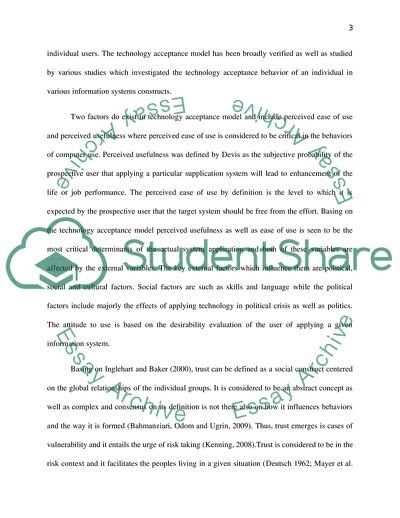Cite this document
(Structural Equation Modelling and Logistic Regression Report Example | Topics and Well Written Essays - 3250 words - 1, n.d.)
Structural Equation Modelling and Logistic Regression Report Example | Topics and Well Written Essays - 3250 words - 1. https://studentshare.org/statistics/1877339-structural-equation-modelling-and-logistic-regression
Structural Equation Modelling and Logistic Regression Report Example | Topics and Well Written Essays - 3250 words - 1. https://studentshare.org/statistics/1877339-structural-equation-modelling-and-logistic-regression
(Structural Equation Modelling and Logistic Regression Report Example | Topics and Well Written Essays - 3250 Words - 1)
Structural Equation Modelling and Logistic Regression Report Example | Topics and Well Written Essays - 3250 Words - 1. https://studentshare.org/statistics/1877339-structural-equation-modelling-and-logistic-regression.
Structural Equation Modelling and Logistic Regression Report Example | Topics and Well Written Essays - 3250 Words - 1. https://studentshare.org/statistics/1877339-structural-equation-modelling-and-logistic-regression.
“Structural Equation Modelling and Logistic Regression Report Example | Topics and Well Written Essays - 3250 Words - 1”. https://studentshare.org/statistics/1877339-structural-equation-modelling-and-logistic-regression.


